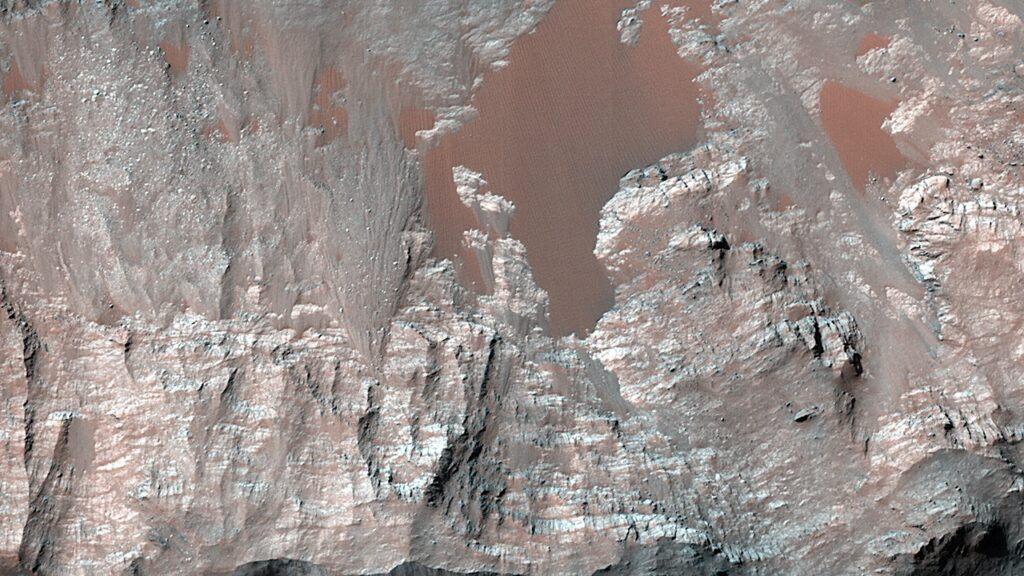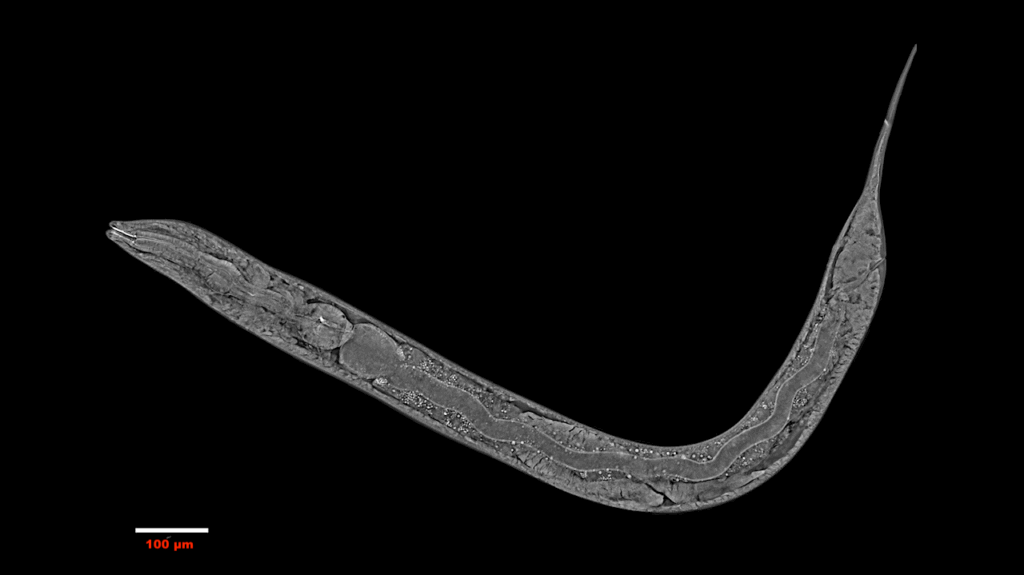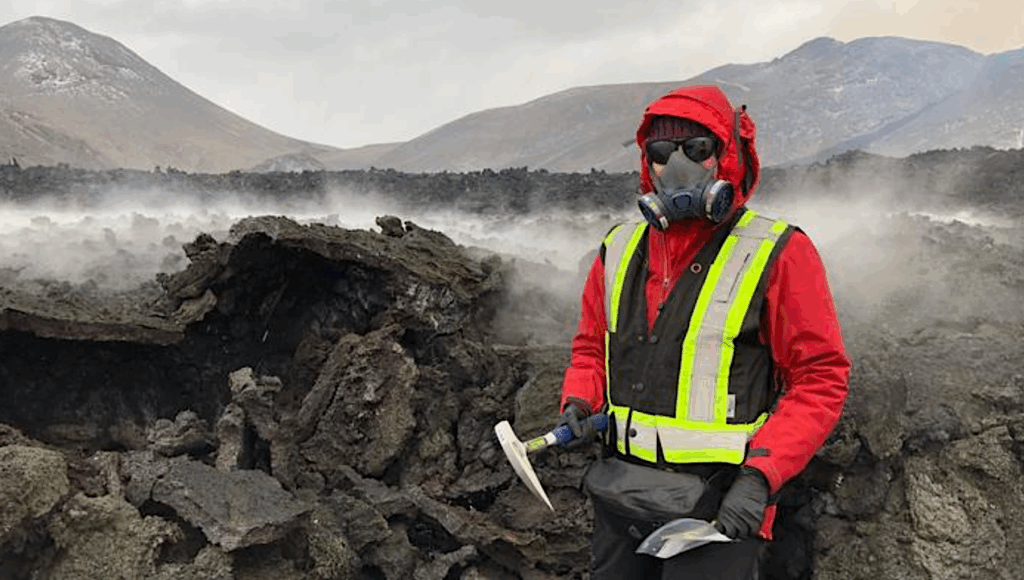Mars Lost an Ocean's Worth of Water

A primitive ocean on Mars once held more water than Earth’s Arctic Ocean, according to NASA scientists who measured signatures of water in the planet’s atmosphere using the most powerful telescopes on Earth including the W. M. Keck Observatory on Hawaii.
The results are being published in the journal Science on March 6, 2015.
The young planet would have had enough water to cover the entire surface in a liquid layer about 450 feet (137 meters) deep. More likely, the water would have formed an ocean occupying almost half of Mars’ northern hemisphere, in some regions reaching depths greater than a mile (1.6 kilometers).
“Our study provides a solid estimate of how much water Mars once had, by determining how much water was lost to space,” said Geronimo Villanueva, first author of the paper and scientist at NASA’s Goddard Space Flight Center in Greenbelt, Maryland. “With this work, we can better understand the history of water on Mars.”
The new estimate is based on detailed observations of two slightly different forms of water in Mars’ atmosphere. One is the familiar H2O, made with two hydrogen atoms and one oxygen. The other is HDO, a naturally occurring variation in which one hydrogen is replaced by a heavier form, called deuterium.
The researchers distinguished the chemical signatures of the two types of water using the Keck Observatory’s 10-meter Keck II telescope; NASA’s Infrared Telescope Facility, also in Hawaii; and ESO’s Very Large Telescope located in Chile. By comparing the ratio of HDO to H2O, scientists can measure the enrichment and determine how much water has escaped into space.
The unique power of the high-resolution and cross-dispersed NIRSPEC spectrometer at Keck permitted to simultaneously map both isotopologues of water (H2O and HDO) on Mars in January 2014. The Keck telescope observations sampled the site near the landing site of the Curiosity rover (Gale Crater), revealing never observed before isotopic anisotropies across the planet and in the vicinity of this site. Such measurements suggest the existence of micro-climates and the possibility of unaccounted water reservoirs on the planet.
In the study the team mapped H2O and HDO repeatedly over nearly six Earth years (about three Mars years), producing global snapshots of each as well as their ratio. The maps reveal seasonal changes and microclimates, even though modern Mars is essentially a desert. These ratio maps are the first of their kind.
The team was especially interested in regions near the north and south poles, because the polar ice caps are the planet’s largest known reservoir of water. The water stored there is thought to capture the evolution of Mars’ water from the wet Noachian period, which ended about 3.7 billion years ago, to the present.
The new results show that atmospheric water in the near-polar region was enriched by a factor of seven relative to Earth’s ocean water, implying that water in Mars’ permanent ice caps is enriched by eight-fold. Mars must have lost a volume of water 6.5 times larger than the present polar caps to provide such large enrichment. The volume of Mars’ early ocean must have been at least 20 million km3.
Based on the surface of Mars today, a likely location for this water would be in the Northern Plains, which has long been considered a good candidate because of the low-lying ground. An ancient ocean there would have covered 19% of the planet’s surface — by comparison, the Atlantic Ocean occupies 17% of Earth’s surface.
“With Mars losing that much water, the planet was very likely wet for a longer period of time than was previously thought, suggesting the planet might have been habitable for longer,” said Michael Mumma, a senior scientist at Goddard and the second author on the paper.
It is possible that Mars once had even more water, some of which may have been deposited below the surface. Because the new maps reveal microclimates and changes in the atmospheric water content over time, they may prove to be useful in the search for underground water.








